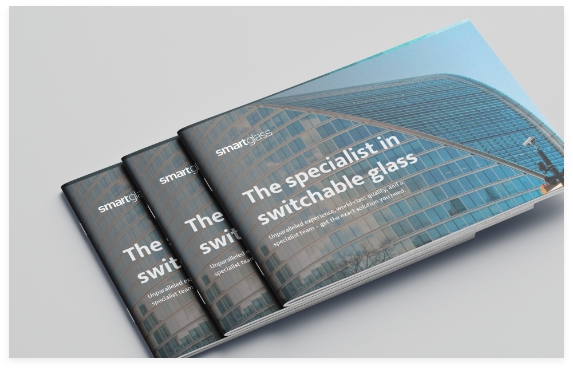Download Smartglass Brochure
spaces that adapt to users’ needs at the flick of a switch.
Museums tend to apply a One-Size-Fits-All approach to light management, placing entire exhibitions in semi-darkness and then using directed artificial lighting which can cause focussed deterioration on light-sensitive materials.
Instead of putting whole exhibitions in semi-darkness, why not protect just the most light-sensitive objects in darkened display cases, only illuminating them when someone is present.
Of course, this presents a question: what is the optimum ‘balance point’ between protection and exposition to light?
This article attempts to model the optimum light transmittance that a museum display case must offer in order to correctly display works of art but at the same time minimising the deterioration resulting from incident light. It is found that the optimum light exposure depends on factors such as the popularity of the art piece, the light transmittance properties of the display case and the ambient light levels in that part of the museum.
We propose using electronically-switchable (and variably tintable) SPD SmartGlass to ‘tune’ the display cabinet to the needs of each artefact.
Several solution models are presented based on CIE recommended exposure figures for light-sensitive materials and grouped by the CIE categories of light sensitive objects.
Read full article here

Wherever you are in the world one of our team will be in touch to advise on the best smart glass solution for your needs.